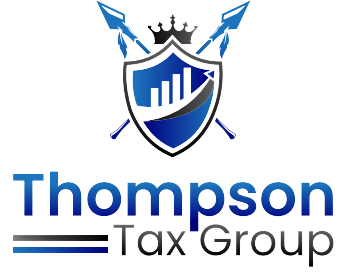This post will shine light on estimated tax payments. What it is, who needs to pay it and when it is due. The IRS developed estimated tax payments to ensure the collection of taxes throughout the year instead of making taxpayers wait till April 15th to pay their balance.
The IRS found that when it is April 15th, most individuals didn’t have the entire fund or were unwilling to pay the whole amount at once, hence the implementation of estimated tax payments.
What are Estimated Tax Payments?
Estimated tax payments are used to pay taxes on incomes not subjected to withholdings. Such incomes come from self-employment, prizes and lotteries, dividends, alimonies, rental income and other instances where withholdings are inadequate.
In most cases, a taxpayer doesn’t have to make estimated tax payments if they are a W2 employee. As a W2 employee, withholdings are usually sufficient. However, in cases where the withholdings are still insufficient, you must make estimated tax payments.
Who Must Make Estimated Tax Payments?
Individuals anticipating they will owe taxes after subtracting the withheld taxes amount from the number of credits they receive must make the estimated tax payments. This may be difficult because an average taxpayer doesn’t know how to go about the calculations.
This is where a tax professional comes in. A tax professional can take the amount you make in 3 months, six months and nine months and project how much you may have in income for the remainder of the year and inform you on how much you must make on estimated tax payment to avoid penalties.
If you eventually end up owing up to $1,000 after subtracting how much you have withheld from your W2, you must also make the estimated tax payments. If it is below the $1,000 mark, you can neglect the estimated tax payments.
In certain cases, you don’t have to make the estimated tax payment even if you are above the $1,000 mark. However, certain conditions must be met to achieve this. The conditions are discussed below.
- Firstly, if 90% of the taxes shown on your current year tax returns at the end of the year have already been paid from your withholdings, or
- If you have paid 100% of your previous year’s taxes. However, if you are a high-income earner or employee, you are subject to a 110% tax payment of the previous year.
You are considered a high-income earner if your AGI (Adjusted Gross Income) for the prior year exceeds $150,000 filed jointly and $75,000 if you file separately.
How and When to Make Estimated Tax Payments.
Estimated tax payments can be made online or by sending a check to the IRS. However, the former is highly recommended as you have proof of payment.
The due dates for the payments of a current year are April 15th, June 15th, September 15th and January 15th of the following year. This may not seem normal as the dates are not technically quarterly dates.
The IRS base these dates on the funds you receive from January 1st of that particular year to March 31st to be paid on April 15th. And funds from April 1st to May 31st are due on June 15th, and so on.
You are subject to penalties if you don’t make these payments when due. Now, these penalties may be minor, but it is wasted dollars that you could have prevented by paying up at the due time.
